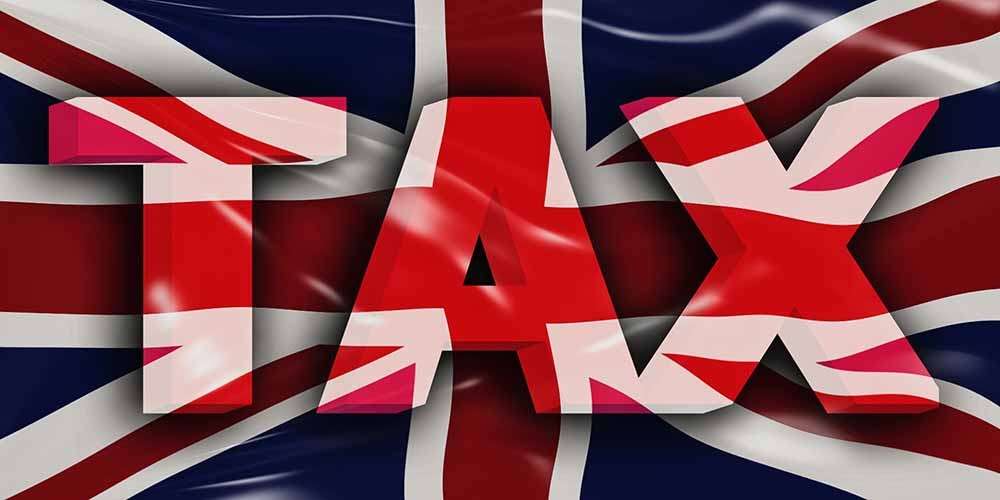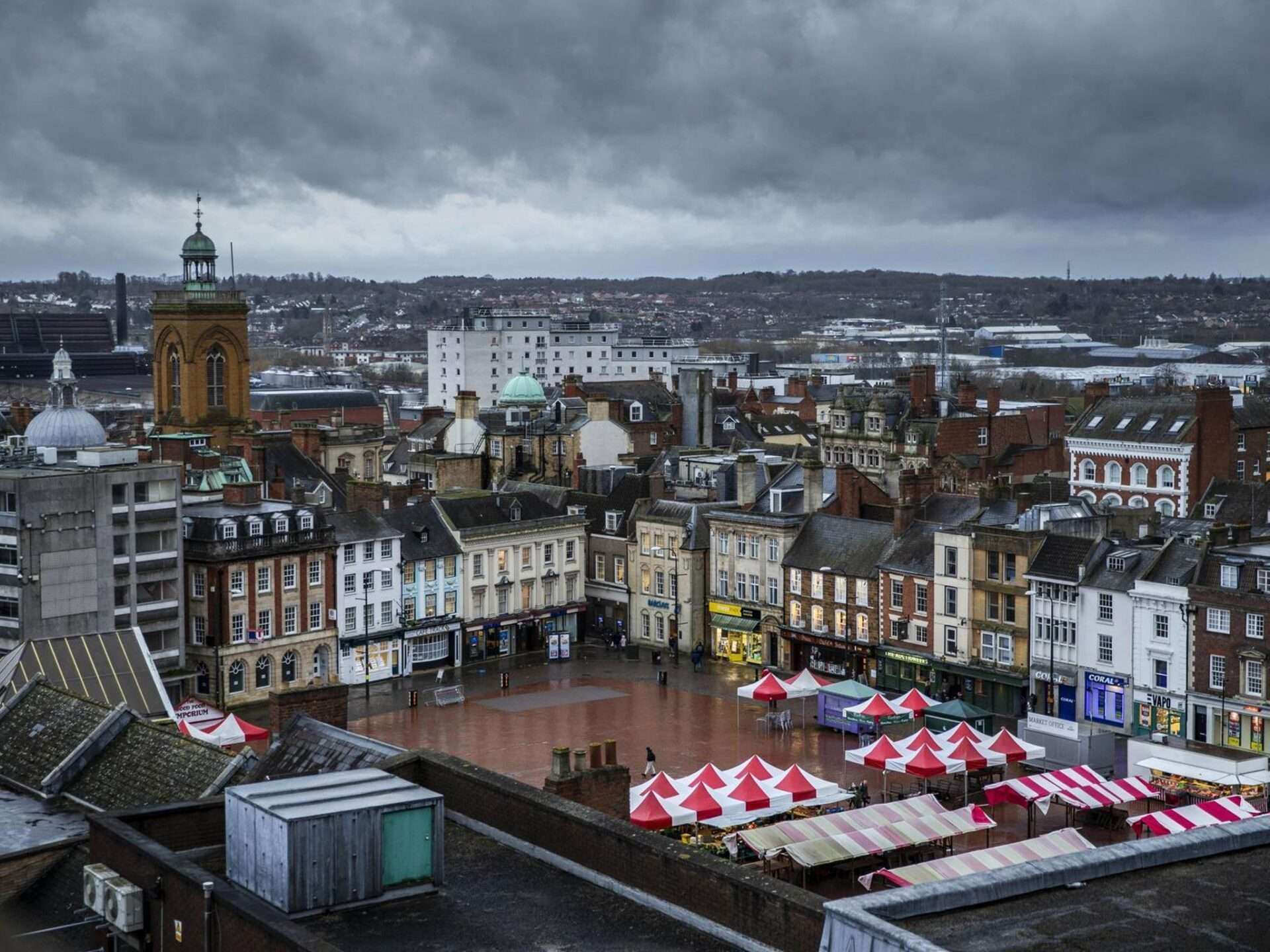
Northampton property updates proposals to cut stamp duty
There is growing speculation that the government is planning to encourage pensioners to downsize by offering a stamp duty tax break. The move would be a welcome one, according to the National Association of Property Buyers (NAPB) as it would potentially increase the supply of larger properties coming onto them market. It is estimated that almost four in ten properties are officially ‘under-occupied’, meaning they have too many bedrooms for those living there, and could be more effectively used by families with children.
Jonathan Rolande, from the National Association of Property Buyers (NAPB), said: “We’d welcome a stamp duty cut for pensioners selling their own home to downsize. It would allow them to move without the penalty of high SDLT and would certainly encourage more to do so.
“Currently a pensioner selling a family home at £700,000 to buy at £500,000 would face a £15,000 stamp duty bill and with other costs such as estate agent and solicitors a move downward is going to cost them nearly £30,000 – a figure many simply cannot bring themselves to pay when leaving a much loved family home.
“Government receipts from stamp duty have more than doubled in the last ten years so there is certainly capacity to offer targeted reductions to help free up stock.”
Buy-to-let landlords could also be given incentives, such as lower capital gains tax, to sell their second homes to first-time buyers. But Rolande fears that this measure could backfire. He added: “We strongly disagree with any plan to reduce taxes for landlords who sell to first time buyers,” he added.
“The last thing we need right now is fewer properties to let, penalising those not in a position to buy their home. If tax breaks for wealthy landlords are on the table, why not use them to incentivise those who let their property on longer term agreements, giving more security to hard pressed tenants?
“We’re very glad that the government is looking at measures to repair parts of the broken property market but I am fearful that ill-considered action to solve one problem here will create another issue elsewhere.”
COMMENT
The government needs to seriously consider its position on Stamp Duty. As house prices have risen, more and more properties have approached the higher Stamp Duty rates, creating a glass ceiling, that is discouraging people from moving upwards. People in the UK are used to moving home, to move upwards, outwards or near to another job, but the punitive rates are punishing those who by moving are contributing the economy in a very significant manner.
The volume of property for sale is at an all time low, onw of the factors contributing to this is that as the chain of sales has worked its way upwards, there comes a point where it is just too uneconomical for people to move upwards, which would make their home available for those lower down the ladder to also move. The exchequer is collecting less tax from the top 5% of properties today, than before they increased the rates, making their logic unclear.


